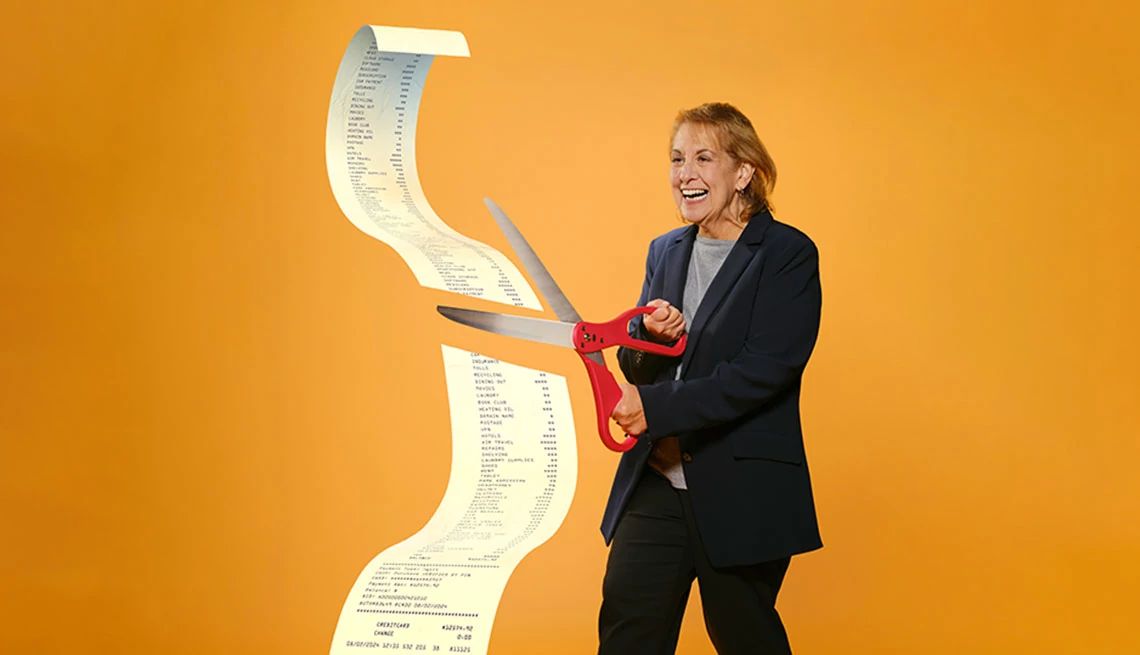AARP Hearing Center


How much money could you save if you devoted one full day to the challenge? I recently decided to find out, tackling as many money-saving tasks as I could fit into a nine-to-five workday — all the pesky stuff I kept meaning to do but never found time for.
The result for me: Eye-popping savings, on an annualized basis, of precisely $4,466.41.
Along the way, I learned some seriously valuable lessons. For starters, you can easily get a better deal on almost everything; the real challenge is how big a price cut you can nab. I also learned there’s an easy-to-master formula to achieve the biggest savings. Finally, it became apparent that the benefits of this exercise go beyond dollars and cents to a feeling of empowerment.
“When we start taking personal control and achieve some success, it creates a positive emotional experience that releases all of this energy,” says Brad Klontz, a financial psychologist in Boulder, Colorado. “We move from being frozen about our finances to a desire to take continued action.”
Here’s a closer look at what I did — and how you can do it too.
Go for the easy wins first
I spent the first hour of the day looking through the accounts I use to pay or track bills, identifying recurring charges and determining which ones to cut or renegotiate. The exercise revealed two streaming services I forgot I had, a mystery monthly charge from Apple, a duplicate Netflix account and a handful of subscriptions to magazines I rarely read. All told, I was spending about $100 more a month on these services than I’d guessed.
I’m hardly alone in this morass. Consumers, on average, estimate they spend $86 a month on subscription services, while their actual outlay is $219 a month, according to a C+R Research survey. Three-quarters of the respondents said it was easy to forget about monthly subscription charges, probably because so many of those people elect to auto pay their bill.
Armed with my checklist, I started with what seemed like the most straightforward task: canceling subscriptions. A pattern became apparent: I’d click to cancel, then get a reminder of how great the service was; click to cancel again, then get an offer with modest savings; click to cancel a third time and get a much better deal.
“The company’s goal is to get you to stay on as a customer while giving away as little as possible, so they will never offer their best deal first,” says Yahya Mokhtarzada, cofounder of Rocket Money, a budgeting app that helps track recurring charges. (A premium version of the app, which costs $6 to $12 a month, will cancel subscriptions for you; so will Experian’s BillFixer, $24.99 a month, which includes bill negotiation. Rocket Money charges separately for bill negotiation, 35 percent to 60 percent of the annual savings, in line with similar services like BillCutterz.)
Determined not to give in again, I ignored the enticements and clicked goodbye in quick succession to The Washington Post, Vogue, Rolling Stone, Kiplinger, Fortune, MGM+, Starz and that second Netflix account (the result of a new cable bundle my husband signed up for). Then I capped off cancellations by scrolling through my phone settings to figure out that mystery Apple charge. It was an audio recording transcription app I no longer use. So I dropped that too.
Time spent: 2 hours, 10 minutes
Savings: $1,078.53 per year
































































You Might Also Like
Save at the Grocery Store With These 25 Strategies
Food prices are still elevated, but there’s ways to save99 Great Ways to Save 2024 Edition
Make your money work harder for you — and save on entertainment, health care and groceries
25 Great Ways to Save on Your Next Vacation
Travel industry pros share tips to help you keep costs down, without skimping on funRecommended for You